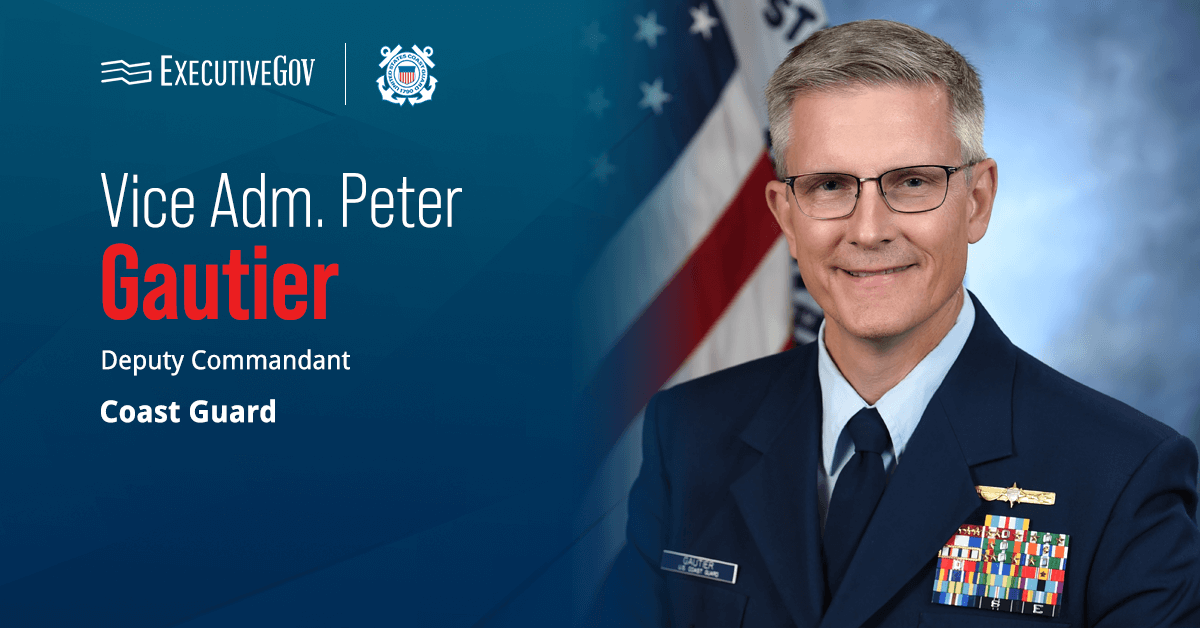Executive Mosaic’s GovCon Index closed with an average of $5,491.81 last week, a 2.29% decrease from the previous week that brought an end to a five-week winning streak.
GovCon Index allows users to follow the stock market performance of 30 major government contracting organizations in real-time. With the data it provides, individuals can gain an understanding of the financial status of each tracked company while getting a broader view of key trends shaping today’s GovCon marketplace.
Multiple companies were able to grow last week despite overall losses. Booz Allen Hamilton took the top spot with gains of 9.90%. Palantir (+4.21%) was second in the ranks, and CACI (+2.94%) came in third. Fourth and fifth place were taken by AeroVironment (+1.78%) and L3Harris (+1.59%), respectively.
GovCon Index spent almost all of last week in decline. On Friday, it flipped back into positive territory with a small increase of 0.23%, but was unable to fully recover from its earlier losses.
Check out last week’s market reports to get a closer look at daily GovCon Index performance. To unlock the complete list of tracked organizations, visit GovConIndex.com.












